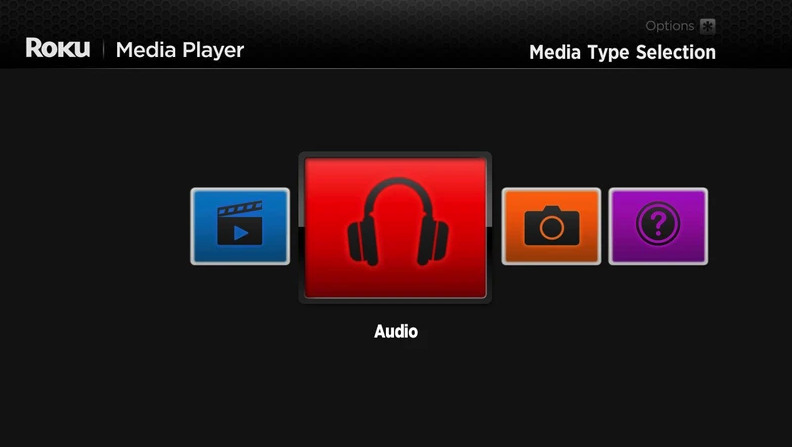
- Roku media player avi manual#
- Roku media player avi android#
- Roku media player avi software#
- Roku media player avi tv#
- Roku media player avi windows#
Local media support is something that was only added about 5-6 years ago. It is a limitation of Roku devices, but you must remember that Roku devices were primarily designed for Internet streaming, which they do quite well.
Roku media player avi android#
Yes, many inexpensive Android devices have a more extensive codec and container support. Roku devices have limited codec support, so my guess is yours have an unsupported codec. So to troubleshoot, I'd need to know what codecs are within your containers.
Roku media player avi manual#
This is useful if file names are in your language.īack to Features introduction or manual pages.MKV is a container, and it's the one container that can hold almost any codec. NTFS will keep Linux file permissions and UTF8 encoding for file names.
Roku media player avi windows#
If using an external drive that is used also from a Windows system the preferred filesystem should be NTFS. If you face problems with media playback, use the VLC player to find the codecs used in the media and the check your device or media player documentation on whether the codecs are supported. MiniDLNA does not have the ability to translate files into a codec understood by the player. In addition to file format support from MiniDLNA, your media player or device needs to support the audio/video codecs with which the media has been encoded. Renaming the file to a known extension seems to work in most cases. Notably, it does not support the following file extensions. MiniDLNA supports a wide variety of video and audio file formats. You should be able to browse and play audio files from it. In the side pane you should see 'freedombox:minidlna' under the 'Shared' section. Open Rhythmbox and ensure that the side pane is open by clicking on 'Application menu -> View -> Side Pane'. Rhythmbox: Rhythmbox is the default audio player on the popular GNU/Linux desktop environment GNOME. You should be able to browse and play media from it. You should see an item called 'freedombox: minidlna'. In Roku interface, find a channel called 'Roku Media Player' and open it.
Roku media player avi tv#
Roku: Roku is an appliance connected to a TV for playing Internet streaming services. See Kodi documentation for more information. From now on, you should see 'freedombox: minidlna' in 'Videos -> Files' section. Then choose 'OK in the 'Add video source' dialog. Then visit 'Home -> Videos -> Files -> Add videos. Open Kodi, goto 'System -> Service settings -> UPnP/DLNA' and 'Enable UPnP support'.

Roku media player avi software#
Kodi: Kodi is a popular media centre software with user interface designed for Televisions. You should see an item named 'freedombox: minidlna'. In the playlist sidebar that appears, select 'Universal Plug'n'Play'. Open VLC and click on 'View -> Playlist'. VLC media player: VLC is a very popular media player for GNU/Linux, Android, Windows and macOS. You will be able to browse and play media from it. You should see a channel named 'freedombox: minidlna'. GNOME Videos: Videos is the default media player on the popular GNU/Linux desktop environment GNOME. The following devices and media players have been tested: Using MiniDLNA to play media on your devicesĪny DLNA compliant device or media player should be able to automatically detect, browse and play media from MiniDLNA on FreedomBox. If that is not happening, disabling and enabling the server will fix it. This is very useful if plugging external disks with media to check if the new media files are detected properly. The application is intended to be available in the internal (home) network and therefore it requires a network interface configured for internal traffic.Īfter installation a web page becomes available on It includes information for how many files the server is detecting, how many connections exist etc.

To install/enable the media server you need to navigate at MiniDLNA page and enable it. It forms a standard/certification which many consumer electronics conform to. It is zero configuration protocol and requires only a media server and a media player that are compliant with the protocol.ĭLNA is derived from UPnP as a form of standardizing media interoperability. to seamlessly discover each other and establish communication for data sharing. Universal plug & play is a set of networking protocols that allow devices within a network such as PCs, TVs, printers etc. It is not available when connected via OpenVPN. Note: This service is available only on networks configured as "internal" zone. MiniDLNA is a media server with the aim to be compliant with DLNA/UPnP clients.


 0 kommentar(er)
0 kommentar(er)
